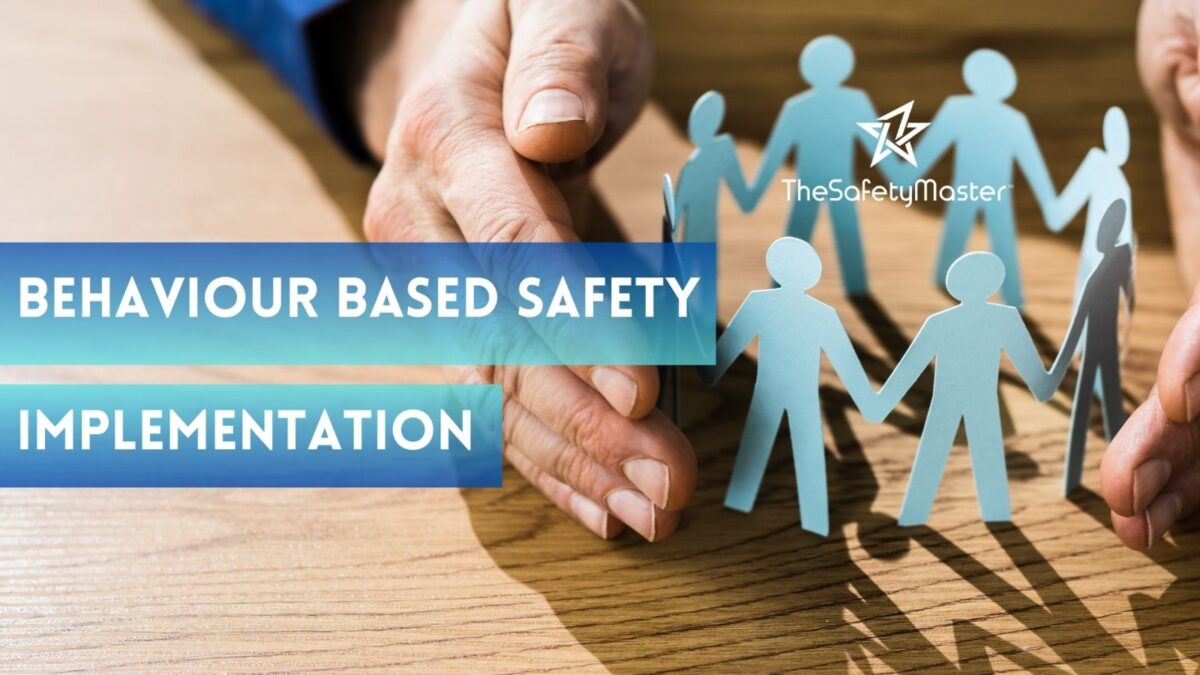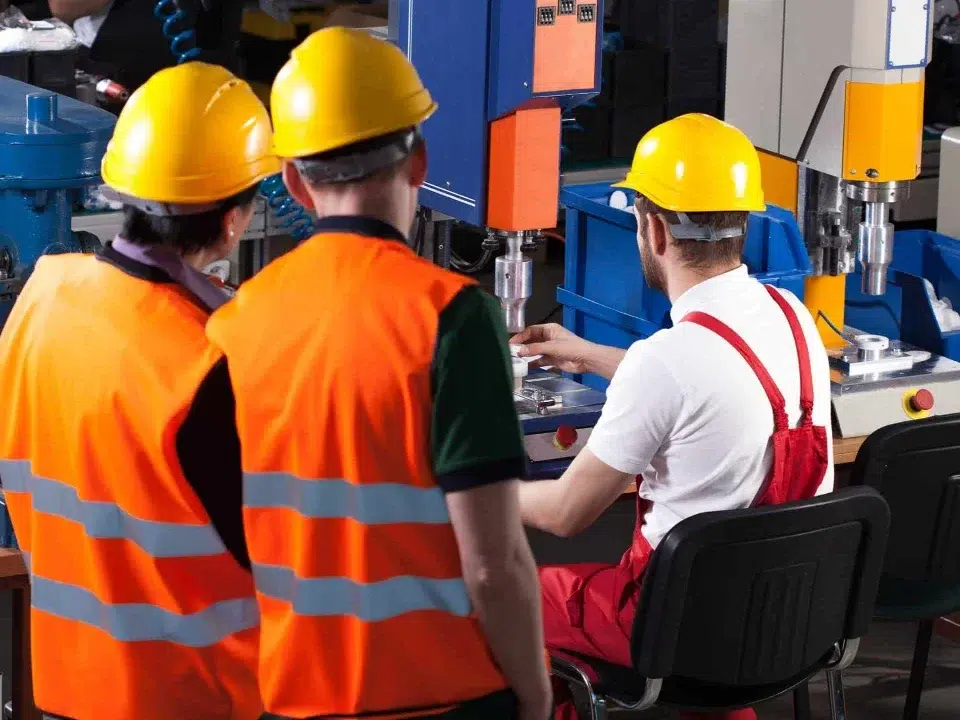Influencing Safety Behavior Implementation via An Organizational Approach Handholding – The Safety Master

Asphyxiants Deprive the Body of Oxygen: Interrupting the Transfer and Use of Hazardous Chemical Safety
March 21, 2024
Utilized to Determine a Site’s Electrical Safety Behavior
March 22, 2024Introduction
Ensuring safety within any organization isn’t merely about following regulations; it’s about ingraining a culture where safety is paramount. Safety behavior implementation goes beyond ticking checkboxes; it’s about fostering a mindset where safety becomes second nature. In this article, we delve into the organizational approach to influencing safety behavior, exploring how management, stress management, risk readiness, and a conducive atmosphere play pivotal roles.
Understanding Safety Behavior Implementation
The Importance of Safety Behavior
Safety behavior is the cornerstone of accident prevention and workplace well-being. It encompasses actions, decisions, and habits that prioritize safety in all aspects of work. From wearing protective gear to following protocols, each behavior contributes to a safer environment.
Challenges in Safety Behavior Implementation
Despite recognizing the importance of safety, organizations often face hurdles in implementing robust safety behavior. These challenges range from resistance to change, and lack of leadership commitment, to inadequate resources for training and enforcement.
An Organizational Approach to Safety Behavior Implementation
The Role of Management
Management holds the key to fostering a safety-oriented culture within an organization. By championing safety initiatives, providing resources, and leading by example, management sets the tone for the entire workforce.
Management as A Model
Employees look up to their managers as role models. When management prioritizes safety, employees are more likely to emulate these behaviors. Regular communication about safety expectations and recognition of safe practices further reinforce this model behavior.
Managing Stress
Stress can impair judgment and hinder safety behaviors. By implementing stress management programs and fostering a supportive work environment, organizations can help employees cope with pressure effectively, leading to safer decision-making.
Managing the Readiness to Take Risks
A healthy balance between risk-taking and caution is crucial for innovation and growth. However, managing risk readiness involves ensuring that employees understand the risks involved in their tasks and providing them with the necessary training and resources to mitigate these risks effectively.
Managing and Enhancing Safety Atmosphere
Creating a positive safety atmosphere involves more than just enforcing rules. It requires building trust, fostering open communication channels, and encouraging collaboration. Regular safety audits, feedback mechanisms, and continuous improvement initiatives contribute to an atmosphere where safety is everyone’s responsibility.
Conclusion
Influencing safety behavior implementation isn’t a one-time endeavor; it’s an ongoing process that requires commitment, leadership, and a holistic approach. By prioritizing safety, providing support, and fostering a culture of continuous improvement, organizations can create environments where safety becomes ingrained in every action and decision.




